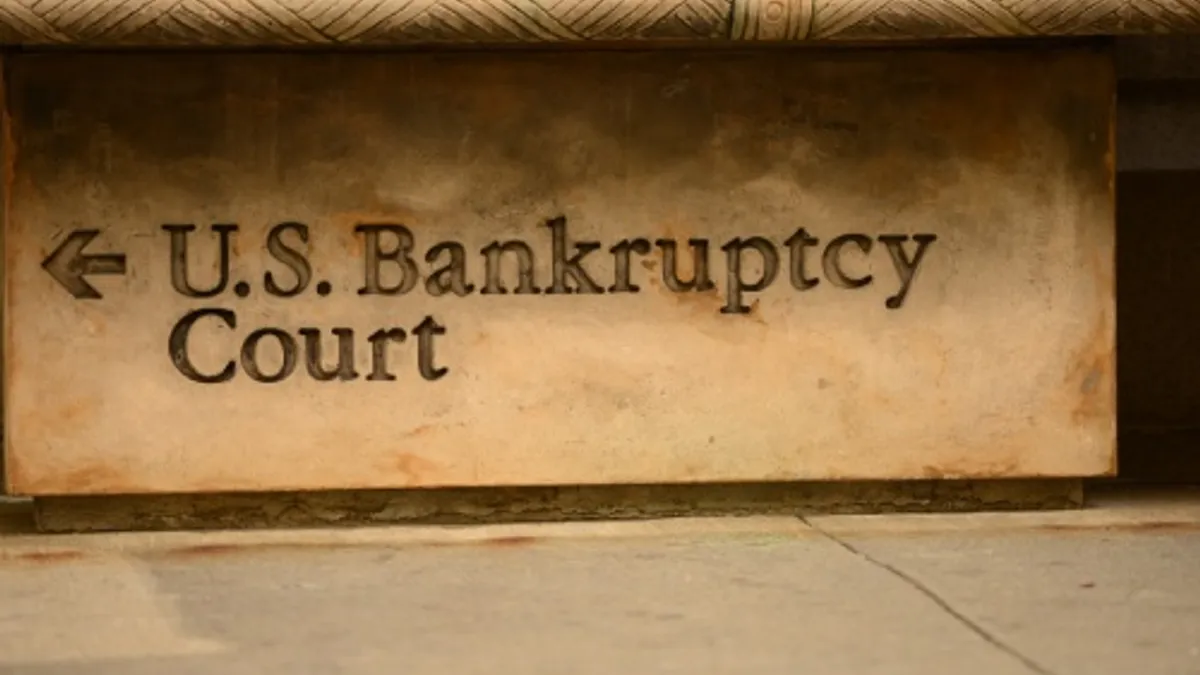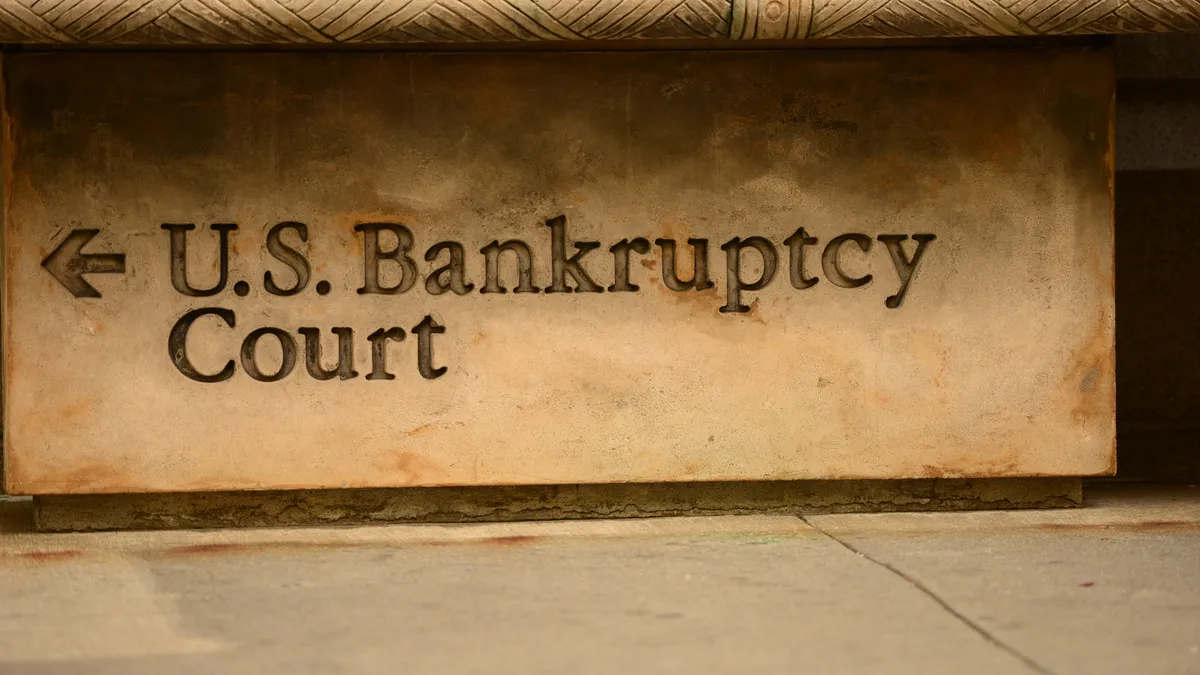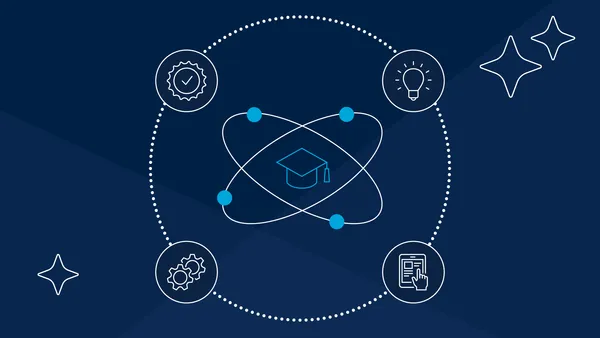Recent years have seen change and disruption occurring in higher ed at a seemingly unprecedented pace. In a panel moderated by City University of New York professor and Comma International President Dr. Ann Kirschner at last week's annual ASU+GSV Summit in Salt Lake City, a group of administrators discussed a "change agents or kamikaze pilots" dynamic that leaders might feel as a result.
Over the course of an hour, George Mason University VP for Academic Innovation & New Ventures Dr. Michelle Marks, Boise State University College of Innovation Dean Gordon Jones, University of Michigan Vice Provost for Academic Innovation James DeVaney, and Northeastern University Center for the Future of Higher Education and Talent Strategy Executive Director Sean Gallagher covered a variety of topics including the need to meet demands around the changing definition of a "traditional" student and the need to streamline paths between two- and four-year schools.
Meeting the new “traditional”
The last several years have seen a shift in the definition of the "traditional" college student away from the residential, post-high-school student in their late teens and early 20s. Much of this change has been fed by adult learners seeking continuing education opportunities to pick up new skills in the wake of the 2008 recession, and, as Jones noted, this has required a change in mindset that sees students as employees seeking lifelong learning. This has been especially true as alternative credentialing models like bootcamps and nano-degrees or micro-credentials, which allow learners to master a specific skill or topic, have taken off and presented themselves as strong competitors to continuing education programs at traditional institutions.
Marks discussed how George Mason University is meeting the needs of its student body, 60% of which is taking at least one night class, while the amount of online students being served is also on the rise. "We are literally creating a roadmap of how we serve our students at student services, what needs to be automated," she said, referring to the 9-to-5 hours of many campus offices that serve students. "We think a whole lot about student services and what needs to be automated."
For working adults who are taking college classes, it can be next to impossible to find time in their schedules to get to offices during their normal operating hours. Beyond automation, institutions may also need to consider extended hours for offices providing key services like financial aid, advising or career guidance.
Jones added that universities haven't historically played aggressively with attracting and serving students outside of the traditional learner, but that they need to be thinking of ways to do that. His college at Boise State is doing this by working with the director of its online learning programs to partner with Boise's largest employers, effectively creating their own "university" that offers credentials to employees. The institution has also worked to increase access and permeability, taking in learners from the community who range from the retail to industrial agriculture sectors as it works to think beyond just professional learning and focus on lifelong learning.
Meanwhile at the University of Michigan, DeVaney noted the institution is navigating the use of business intelligence vs. learning analytics in working to provide better counsel to students and more agency to navigate more flexible career pathways. This could involve more consumer-facing products from the institution that help students better interpret that data, and he also noted the growth potential that comes with partnerships between institutions and private companies.
Diversification of credentials beyond the degree
Expanding upon access, Gallagher said that when you look back at the data, the percentage of students in American higher ed over 25 who are studying part-time is at around the same level between 1995 and 2005. Institutions must serve that audience and also get more people into the system and get them credentials, and doing so will require moving beyond traditional degrees and campus experiences to diversity the model. For its part, Northeastern started its own bootcamp, using its own curriculum expertise and partnerships with businesses.
Kirschner noted that some companies are removing bachelor's degrees from job descriptions, questioning whether those moves are a threat to higher ed's "birthright" as a trusted vetter of employees. Jones suggested that move should scare all of them. "We ignore that at our own peril," he said in reference to removing BAs and alternative, more precise forms of measuring competency, as well as the rise of marketplaces that step between the university and employer.
Adding to Jones' points, Gallagher brought up growing attention to stackable credentials. While he said the current ecosystem is broken in a sense that makes it hard to do that across institutions, he recognized that there’s opportunity in becoming more modular. But, he added, there is also little evidence that traditional degrees have become less valuable today.
Essentially, institutions will need to consider a variety of offerings that meet differing needs and desires across a wide cross-section of students.
Streamlining the two-year-to-four-year pathway
Citing stats showing only 14% of community college students finish their bachelor’s degree but most want to, Marks brought attention to another key issue in higher ed regarding building clearer pathways from community college to four-year degrees.
Part of solving this problem is on four-year schools, requiring them to work better at clarifying which credits transfer and which don't, or making it easier for students to demonstrate competency in courses they don't need to repeat where there's not already a clear path for credit transfer. Solving the problem of unclear transfer pathways isn't just of benefit for students, either: For the college or university where the student begins their higher ed tenure, the statistics don't often reflect the student's degree completion at their transfer institution.
Particularly with the growth in presence of digital records and student information systems on campuses, this is a problem that should be on the list of things to fix in the near-term across higher ed — especially as schools work to further demonstrate outcomes to policymakers.






















